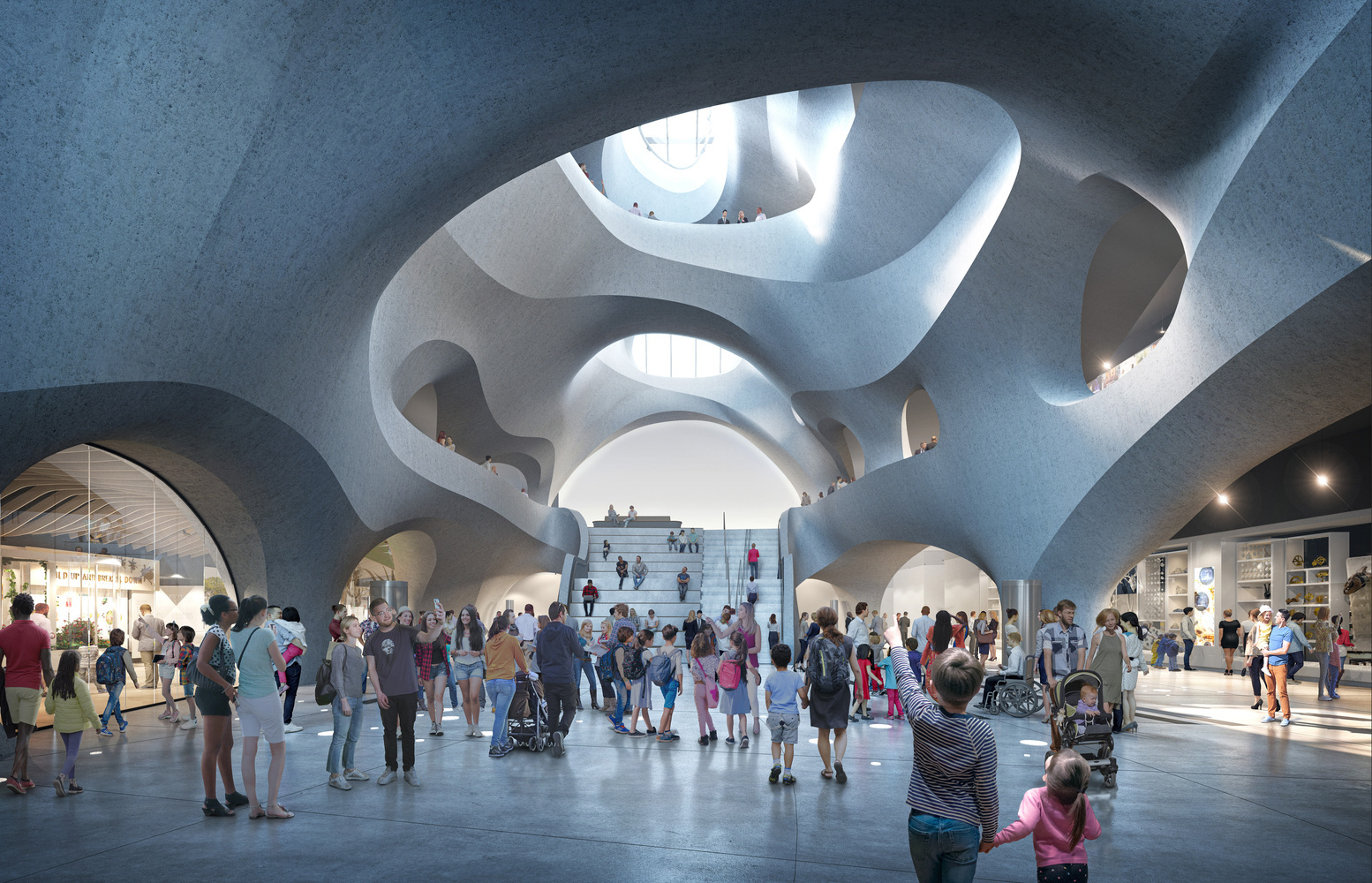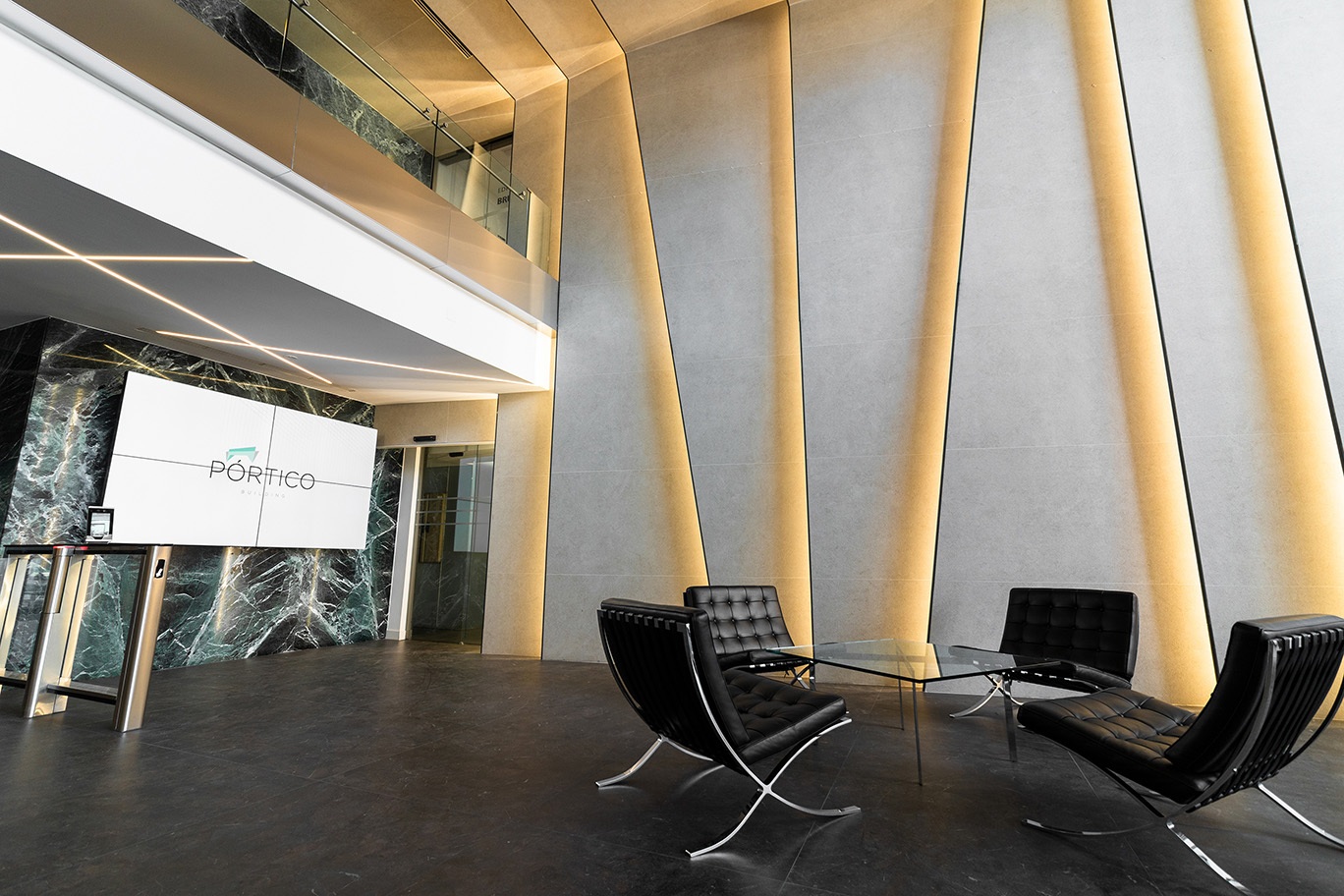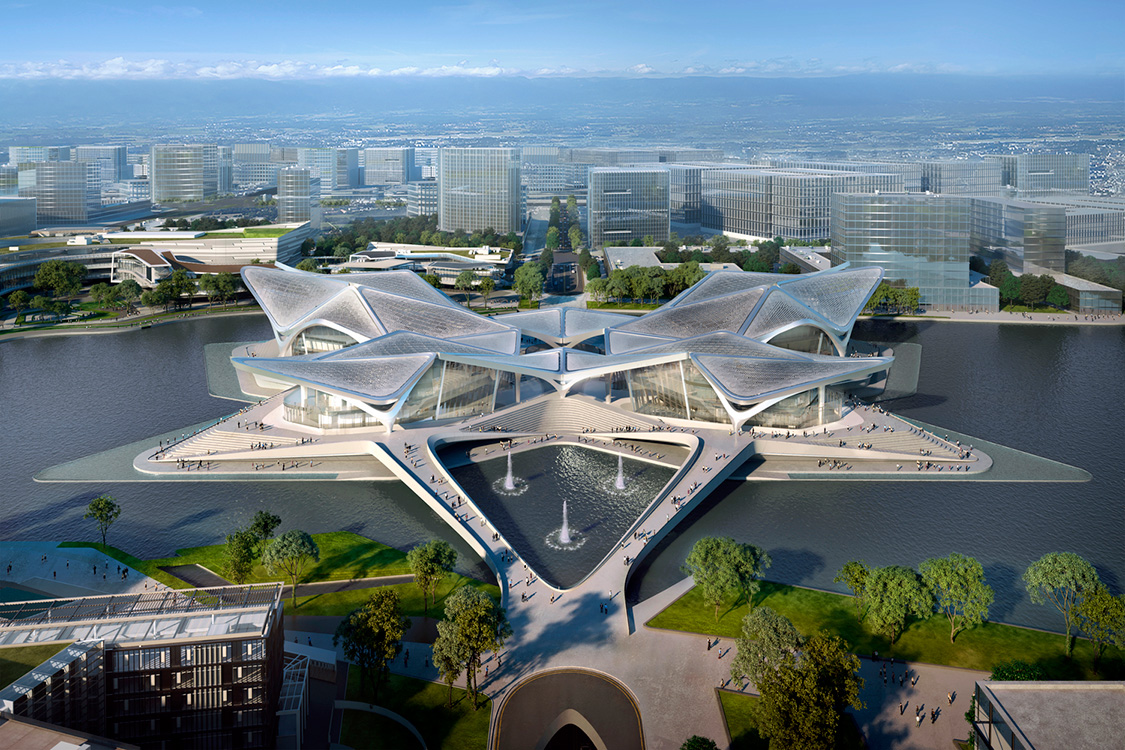Intelligence and sustainability. The future with Inalco
The buildings of the future (and some of the present) can only be built with innovation and sustainability as starting points.
Among the most expected architecture projects for 2023 we find some of the trends that we have already mentioned in previous posts about what the homes of the future will be like . Both small-scale constructions and large buildings are focused on sustainability, functionality and technology.
Such as the new expansion of the Museum of Natural History in New York, which is inspired by the Earth’s natural processes and improves circulation and connection between the museum’s own galleries, offering a more natural passage between spaces.

The buildings of the future: intelligent and sustainable
The key is smart buildings: spaces that aim to increase energy efficiency, usability and safety. The main trend for the buildings of the future is the installation of intelligent systems to monitor and reduce environmental impact and the use of natural resources, such as natural light. In short, sustainable buildings from the materials used for their construction to their day-to-day operation with automation systems.
A clear example of this type of building is the Portico Building designed with MDi, which is considered one of the most sustainable office buildings in Spain.

The previous point links perfectly with sustainable architecture, which is committed to greater efficiency in the consumption of energy and materials, open spaces and sustainable and environmentally friendly materials. Trends for the buildings of the future also include biophilic design, an innovative way of designing spaces that includes sustainable strategies: such as the use of natural light, natural materials and natural ventilation, the incorporation of plants and other natural elements both indoors and outdoors, etc. That is, to connect with nature in any place in an environmentally friendly way.
Another project for 2023 that fits perfectly with the concept of sustainable and intelligent architecture is the Zhuhai Jinwan Civic Art Center in China, a building that will become a center of contemporary creativity, as it optimizes natural light and regulates water consumption through intelligent systems, among others.

But how do you measure the sustainability of a building? There are several certifications, and one of the ways to prove that a building is sustainable is through the certification of LEED points . For example, with the use of MDi LEED points are obtained as surfaces, as well as with the rest of the sustainable materials and elements included in the buildings.
Today we are already working on the path of conscious design, usability and sustainability, the goal is to build to last and to respect.
Want to know more?
At Gomila Ceramics we offer you all the innovation, design and sustainability of the best manufacturers. We are close to you to help you find what you are looking for.
We are close to you to help you choose the design that fits your wishes. You can visit us at our facilities in Calle Calçat 16 in Palma, contact us by email at info@gomila-ceramica.com or call us at 971 732 343 for advice.
